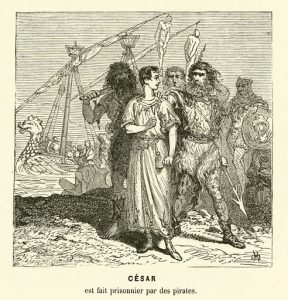
A “Simple Boy” That Wasn’t Naive: Julius Caesar’s Adventure with Pirates
Although Rome protected the Tyrrhenian and Adriatic seas, it was a mainland power and it was a challenge to go against the rising power of pirates, even for powerful Roman leaders just like Julius Caesar.
Read More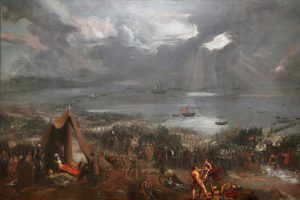
Dublin’s King Sigtrygg Silkbeard and the Battle with Brian Boru at Clontarf, 1014
The legendary Battle of Clontarf at Dublin (Ath Cliath) in 1014 – instigated in part by the king of that realm, Sigtrygg Silkbeard Olafsson (c. 970-1042) – is known for fracturing Viking rule in Ireland but a litany of noblemen and kings on both sides were slain there – including Ireland’s elder high king Brian Boru.
Read More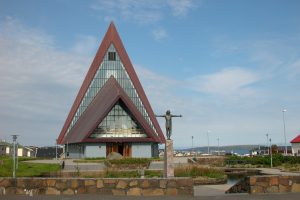
The Cursed Ring of Sigmundr Brestisson, Viking Chief of the Faroes, 961-1005
According to the unknown author of the Færeyinga saga (Faroese saga) written in Iceland sometime in the early thirteenth century, Sigmundr Brestisson, the first Christian of the Faroe Islands, was an honorable and good man. At a young age he and his cousin Thorer (Þórir) were sold into slavery by a chieftain named Thrand (Þrándr), who successfully plotted to have Sigmundr’s father killed in battle. Later as freemen, Sigmundr and Thorer fought bravely under Earl Hakon (Haakon Jarl) when he ruled Norway for two decades beginning around 975. One day together, Sigmundr asked Hakon for advice on how to avenge his father’s death. Hakon replied that he should put his trust in the old ways, as he did, and led him into a forest where there was a beautiful house with “a lot of idols inside, and many glass windows… A woman was in the innermost part of the entrance, and she was richly adorned.” When the two men entered the house…
Read More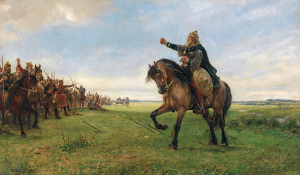
Inge the Elder Destroys the Temple at Uppsala
Despite a lack of direct evidence, historians tend to agree that the Swedish King Inge the Elder (c. 1051-c. 1110) – devout son of the Christian King Stenkil – destroyed the legendary Viking temple at Uppsala sometime in the 1080s. This consensus is based on events surrounding his life and feud with his brother-in-law Blot-Sven – otherwise known as Sweyn the Sacrificer.
Read More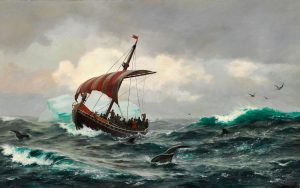
Gudrid Thorbjarnardottir: Transatlantic Traveler of Viking Frontiers
During her lifetime Gudrid Thorbjarnardottir (Guðríður Þorbjarnardóttir, 980-1050), the daughter of Icelandic chieftain, Thorbjorn of Laugarbrekka, Iceland, travelled to Greenland, North America, Norway, and perhaps even Rome as a pilgrim. Legend has it her father would not permit her to marry an early suitor because he was the son of a slave.
Read More